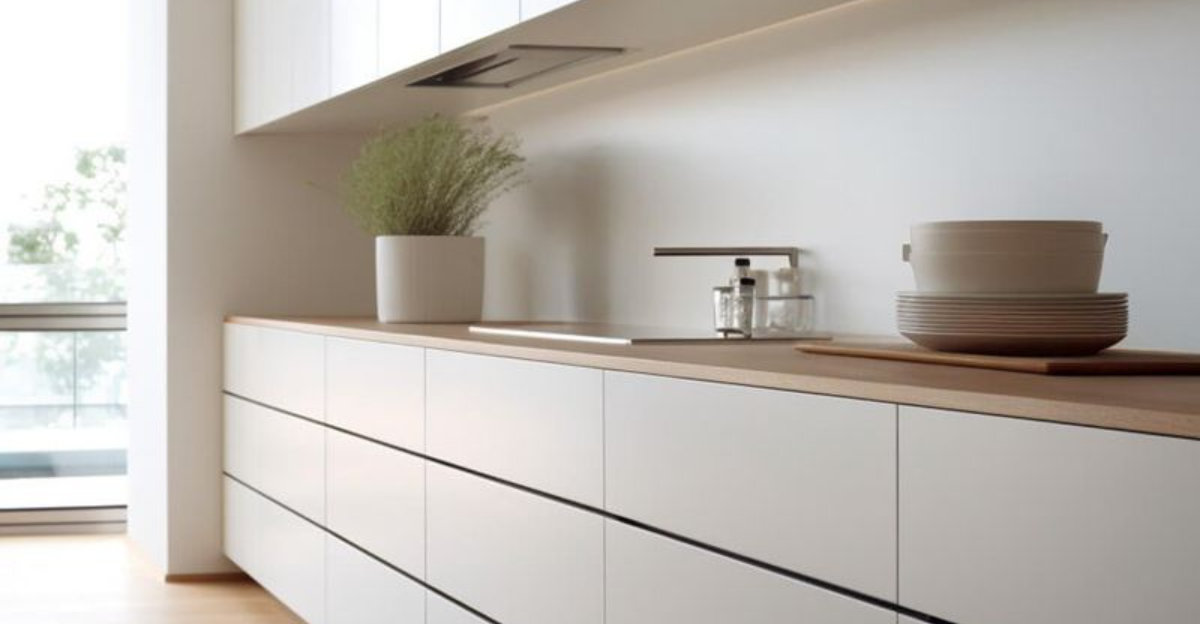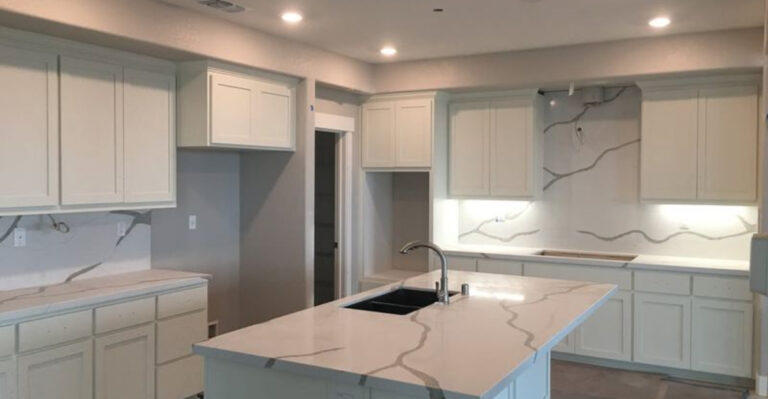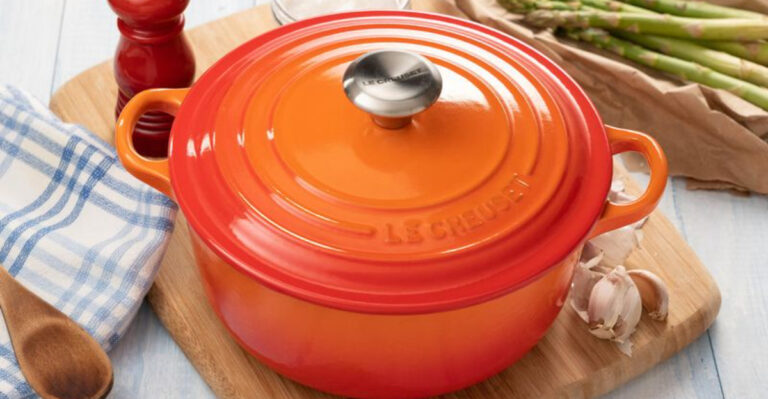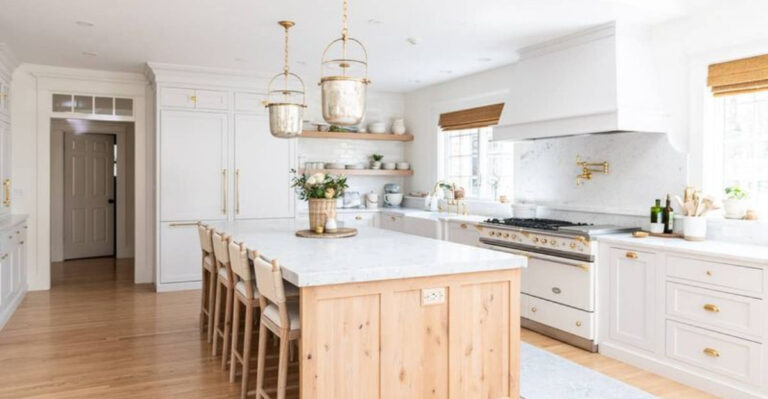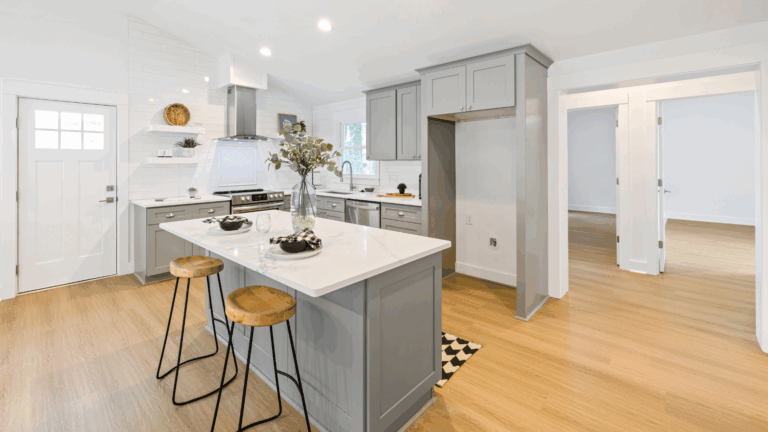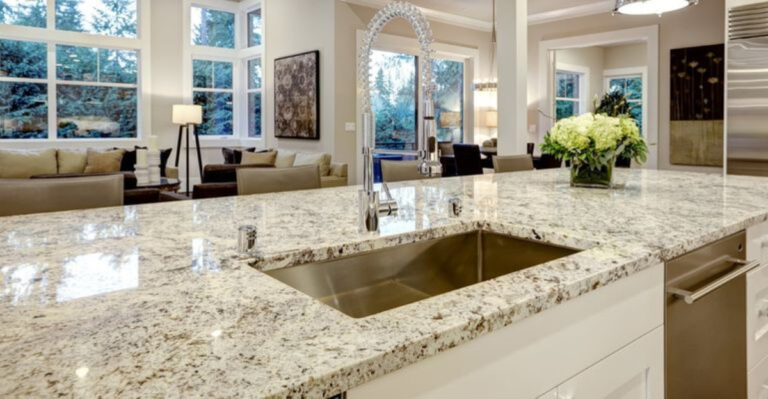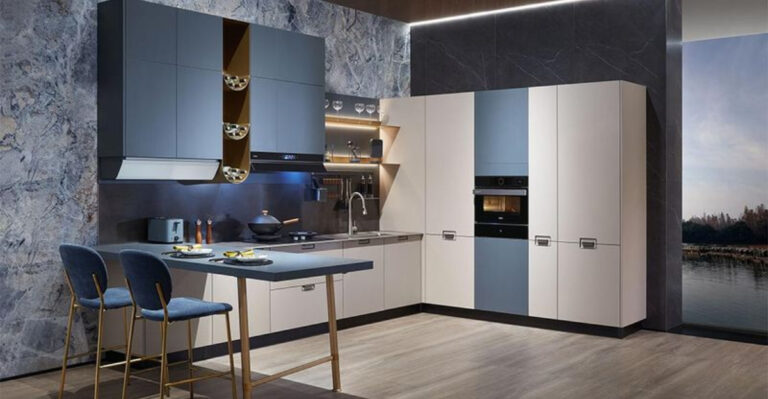10 Pros And Cons Of Push-to-Open Kitchen Cabinets
I have to admit, the first time I tried push-to-open kitchen cabinets, I was hooked. One light tap and the door glides open like magic. They give your kitchen such a sleek, modern vibe without all the handles cluttering up the look.
But after living with them for a while, I quickly learned they are not without a few quirks. Before you jump on this trend, it is worth knowing both the upsides and the little challenges you might face.
Here is what I wish someone had told me before I made the switch in my own kitchen.
1. Clean And Modern Appearance

Smooth cabinet fronts without handles create a stunning minimalist look that makes kitchens feel larger and more open. Your space transforms into a sleek showroom where every surface flows seamlessly together.
Visitors often mistake these kitchens for high-end designer spaces because the uninterrupted lines look so professional.
Plus, photographers love handle-free cabinets for home listings since they photograph beautifully without visual clutter.
2. Easier Cleaning And Maintenance
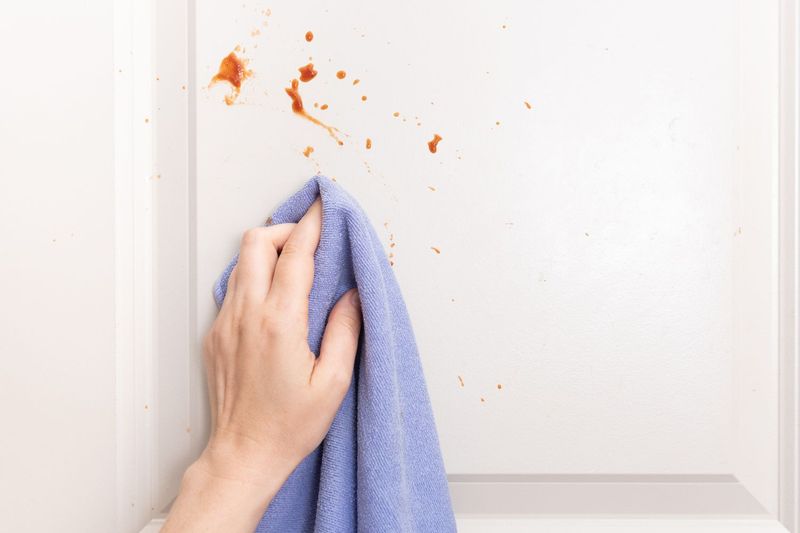
Forget scrubbing around those tricky cabinet handles where grease and grime love to hide. Push-to-open cabinets offer completely smooth surfaces that wipe clean with just one swipe of your cloth.
Cooking splatters wash away effortlessly, and you’ll never again struggle to clean those annoying crevices where handles meet cabinet doors.
Weekly kitchen cleaning becomes a breeze when there are fewer nooks and crannies to worry about.
3. Better Traffic Flow In Small Kitchens
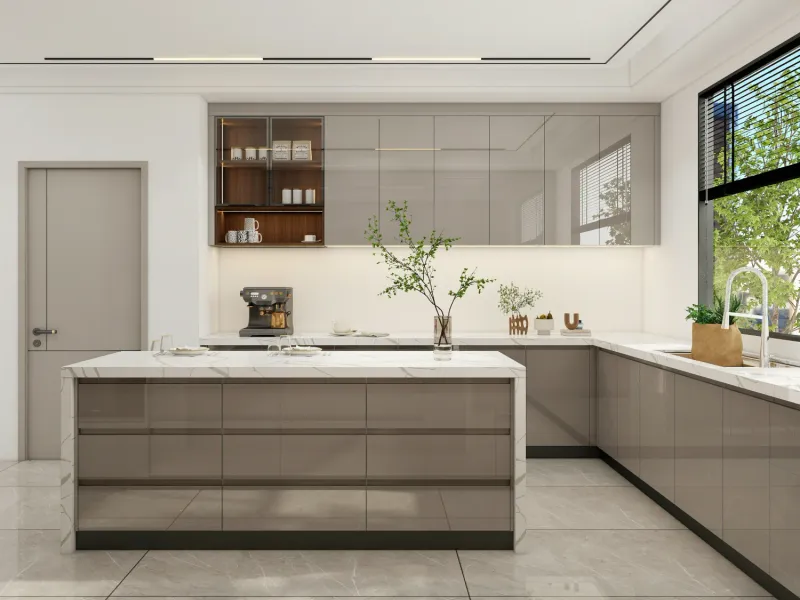
Narrow galley kitchens become much more navigable when cabinet handles aren’t sticking out to catch on clothing or bump into people.
You can move freely through tight spaces without constantly dodging protruding hardware. Kids and adults alike appreciate the smoother movement, especially when carrying hot dishes or full grocery bags.
Sometimes the difference between a cramped kitchen and a comfortable one is simply removing those handle obstacles.
4. Hands-Free Operation When Needed

Picture opening cabinets with your elbow when your hands are covered in cookie dough or raw chicken. Push-to-open mechanisms let you access storage without touching surfaces with messy fingers.
Busy cooks love this feature during meal prep when constant hand washing would slow everything down.
Though it takes practice, many home chefs find this convenience becomes second nature after just a few cooking sessions.
5. Safer For Children And Elderly

Sharp cabinet handles can cause painful bumps and bruises, especially for little ones running around the kitchen. Push-to-open cabinets eliminate these injury risks completely.
Elderly family members with arthritis or grip strength issues find these cabinets much easier to operate than traditional handles.
Where pulling and twisting motions cause discomfort, a simple push feels natural and pain-free for most people.
6. Universal Design Appeal
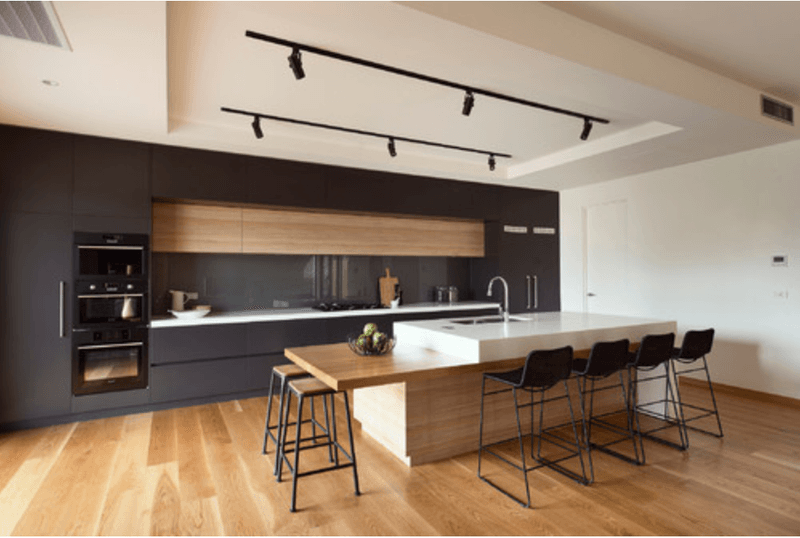
Architects praise push-to-open cabinets for meeting universal design principles that work for people of all abilities.
Whether someone uses a wheelchair, has limited mobility, or simply prefers intuitive operation, these cabinets accommodate everyone.
Hotels and commercial kitchens increasingly choose this style because it works seamlessly for diverse users. Sometimes the most inclusive design choices also happen to be the most aesthetically pleasing ones.
7. Increased Home Value And Appeal
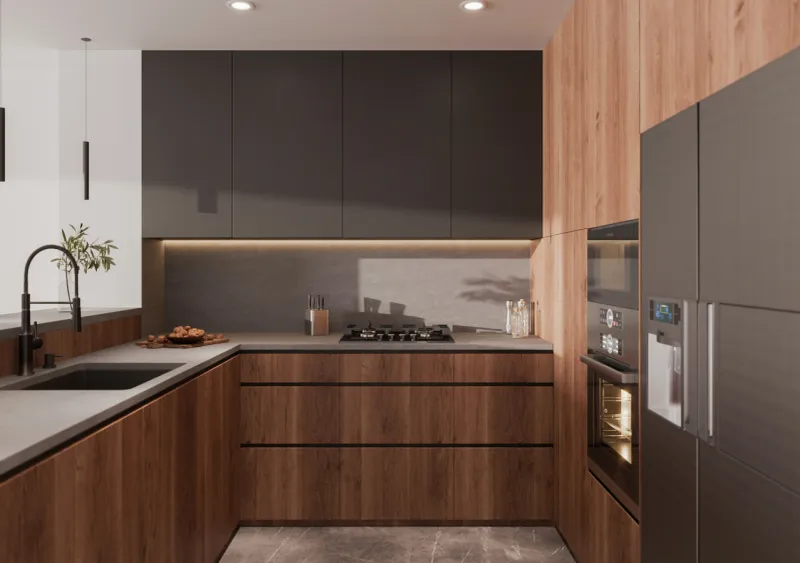
Real estate agents report that homes with push-to-open cabinets often sell faster and for higher prices than comparable properties with traditional hardware.
Buyers perceive these kitchens as more upscale and contemporary. Kitchen designers consistently rank handle-free cabinets among the top trends that add lasting value to homes.
Though installation costs more upfront, the investment typically pays off when it’s time to sell your property.
8. Customizable Aesthetic Options
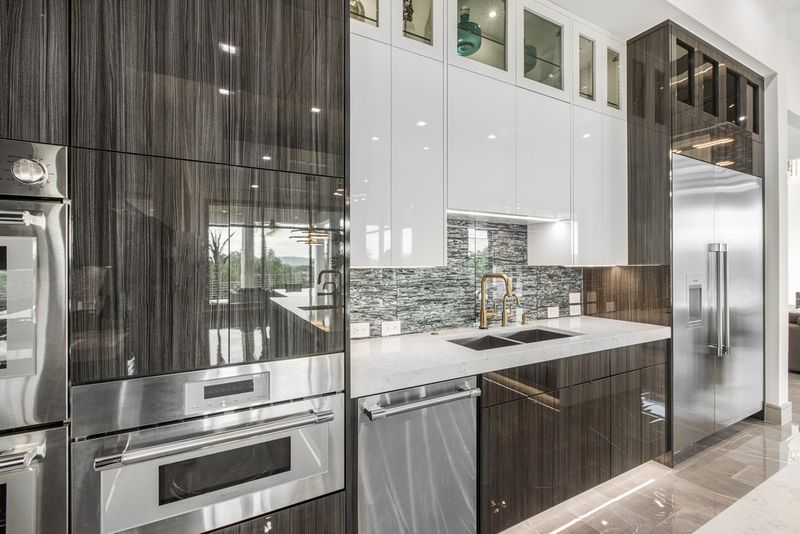
Push-to-open mechanisms work beautifully with any cabinet style, from rustic farmhouse to ultra-modern designs. You’re not limited by handle styles or finishes that might clash with your overall theme.
Cabinet makers can focus entirely on wood grain, paint colors, and door profiles without worrying about coordinating hardware.
This freedom often results in more cohesive and visually striking kitchen designs that feel perfectly balanced.
9. Reduced Wear And Tear

Traditional cabinet handles loosen over time from constant pulling and twisting, requiring periodic tightening or replacement.
Push-to-open mechanisms experience less stress because the motion is gentler and more evenly distributed. Cabinet doors stay properly aligned longer since there’s no uneven pressure from handle placement.
Many homeowners find their push-to-open cabinets look and function like new even after years of daily use.
10. Noise Reduction Benefits
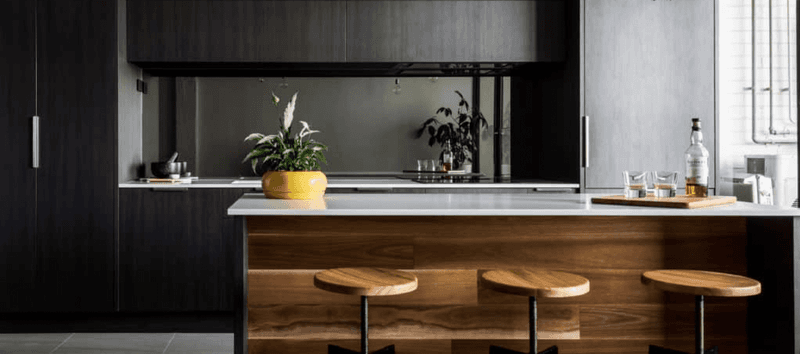
Cabinet doors close more quietly with push-to-open systems because there’s no metal handle clanking against the cabinet face.
Early morning coffee preparation becomes much more peaceful for sleeping family members. Quality push-to-open mechanisms include soft-close features that prevent slamming entirely.
Nighttime snack runs no longer wake the whole house when cabinet doors shut silently and smoothly every single time.
11. Higher Initial Installation Costs
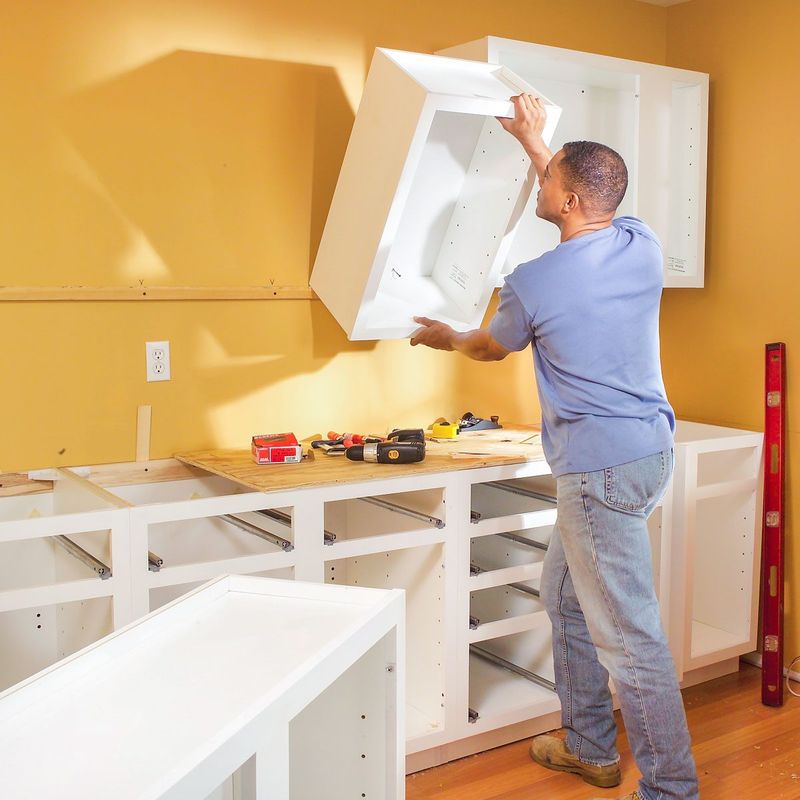
Professional installation of push-to-open systems typically costs 40-60% more than traditional hinges and handles. The specialized hardware and precise adjustment requirements mean longer installation times and higher labor fees.
Budget-conscious homeowners often experience sticker shock when comparing quotes. However, many contractors offer financing options, and the long-term benefits often justify the extra upfront investment for most families.
12. Learning Curve For Daily Use
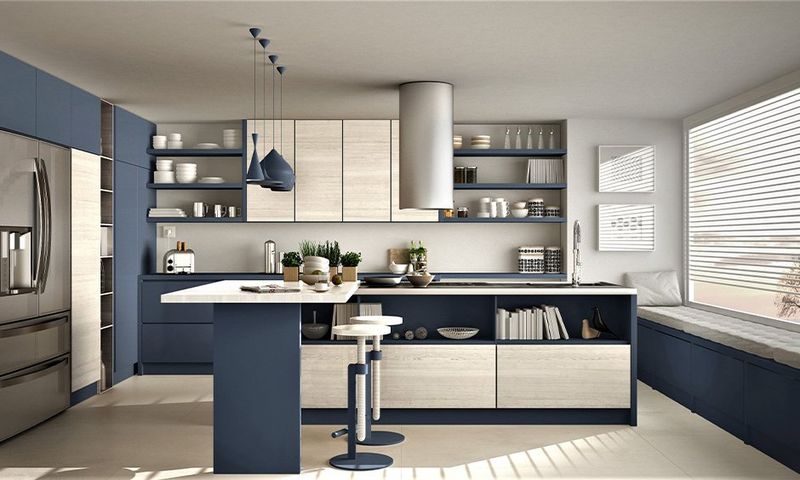
Guests frequently struggle to open your cabinets because they instinctively reach for non-existent handles. Family members need several weeks to develop the muscle memory for proper pushing technique and pressure.
Dinner parties become amusing when visitors stand puzzled in front of closed cabinets. Though everyone eventually adapts, the adjustment period can feel frustrating for people accustomed to traditional cabinet operation.
13. Potential Mechanism Failures
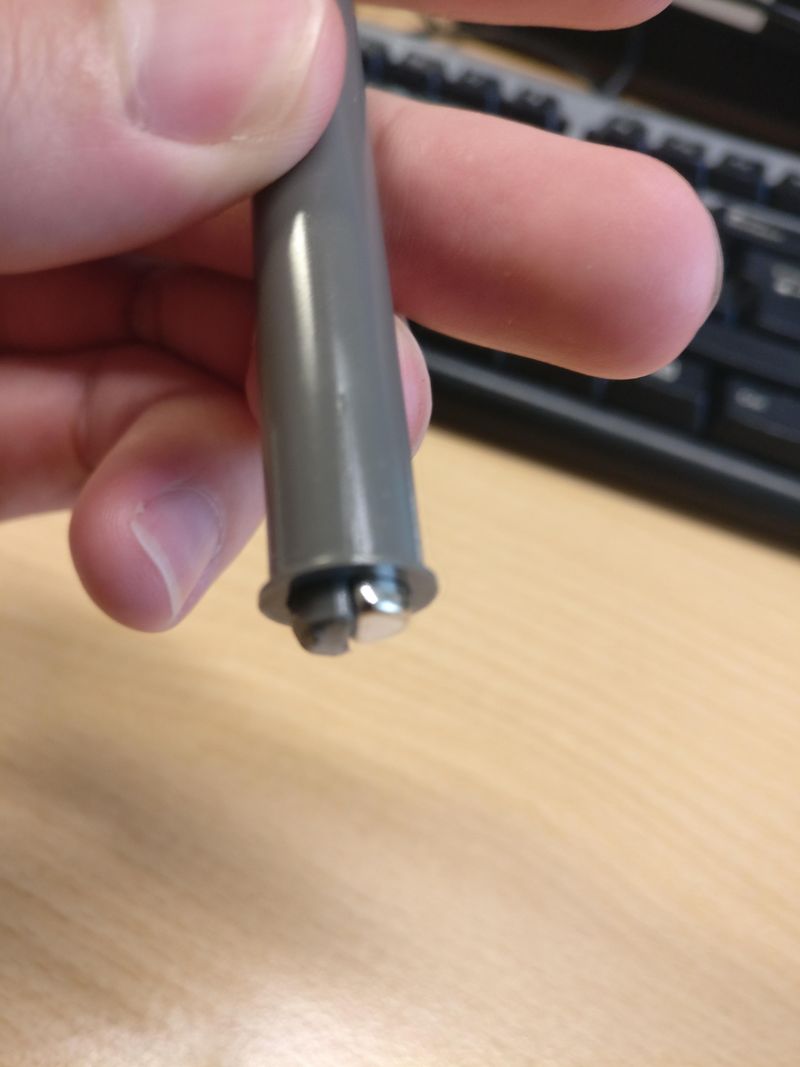
Push-to-open hardware contains more moving parts than simple hinges, creating additional failure points over time. Springs can weaken, latches can stick, and adjustment screws may require periodic tweaking.
Finding replacement parts for discontinued models sometimes proves challenging, especially for budget-friendly systems.
Quality mechanisms last longer but cost significantly more, leaving homeowners to balance durability against initial expense.
14. Fingerprint And Smudge Visibility
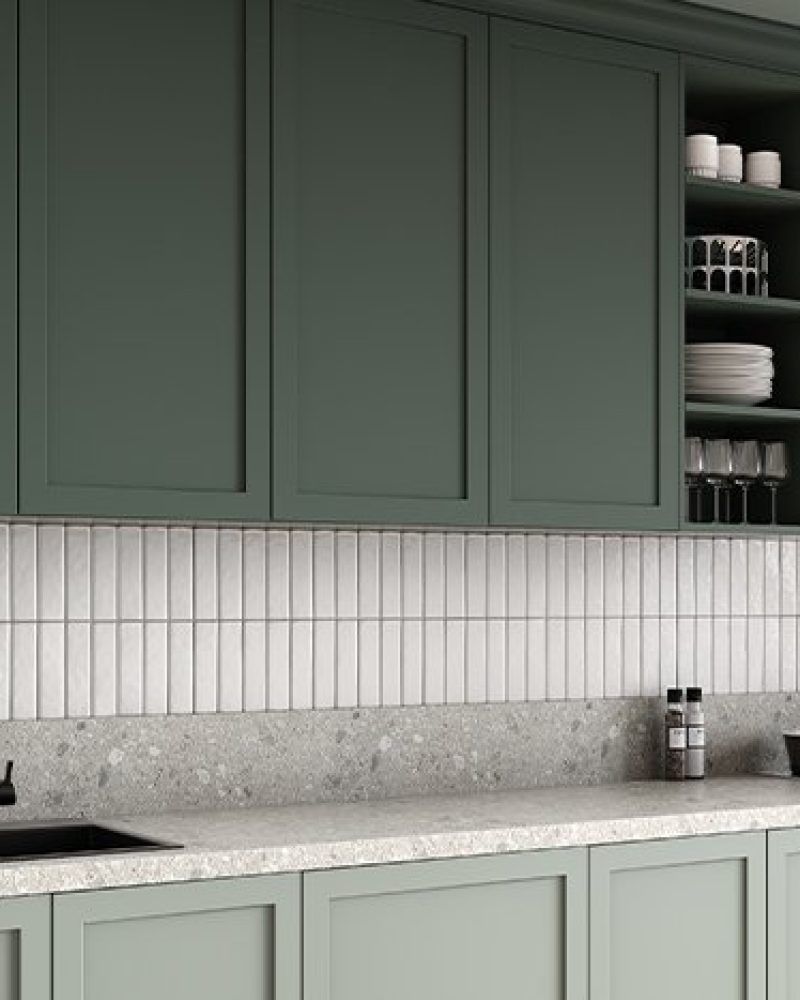
Smooth cabinet surfaces show every fingerprint, especially on dark or glossy finishes. Push-to-open cabinets require touching the door surface directly, leaving visible marks that traditional handle users avoid.
Families with young children find themselves constantly wiping down cabinet fronts to maintain that pristine appearance.
Matte finishes hide smudges better, but many homeowners prefer the look of glossy surfaces despite the extra cleaning requirements.
15. Limited Accessibility In Some Situations
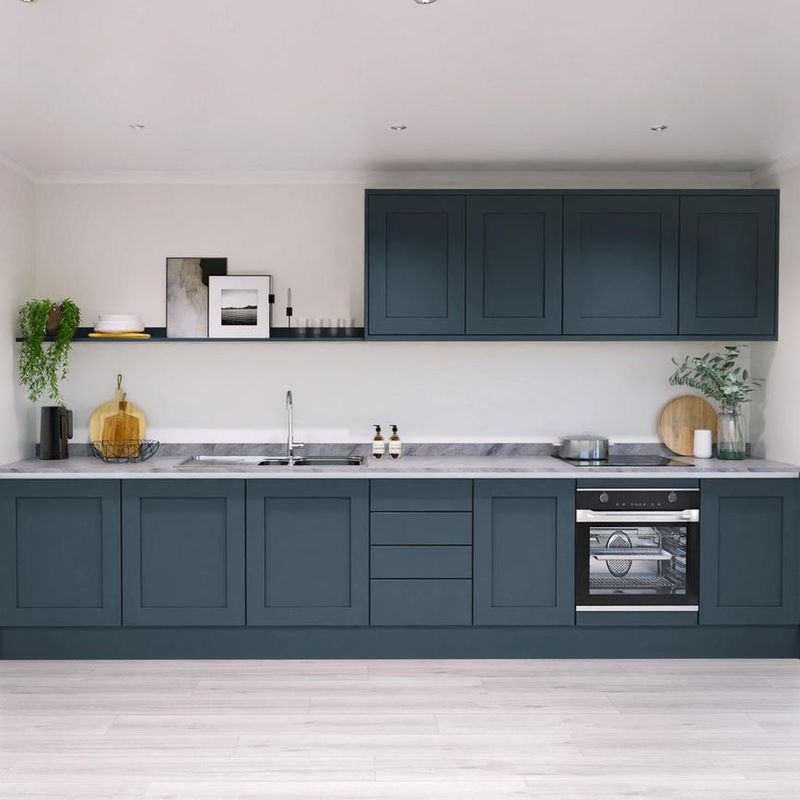
Opening cabinets becomes nearly impossible when your hands are completely full or when wearing bulky winter gloves. Traditional handles offer more grip options and leverage points for difficult situations.
People with certain disabilities may find pushing motions more challenging than pulling, despite the universal design benefits.
Sometimes the simplest mechanical solutions work better than seemingly advanced alternatives for specific user needs.
16. Adjustment And Calibration Needs

Push-to-open mechanisms require precise calibration to function properly, and seasonal humidity changes can affect their operation. Doors may become too sensitive or too resistant depending on weather conditions.
Annual adjustments by professionals help maintain optimal performance, but this adds to long-term maintenance costs.
Homeowners in climates with extreme seasonal variations often experience more frequent calibration needs than those in stable environments.
17. Accidental Opening Issues
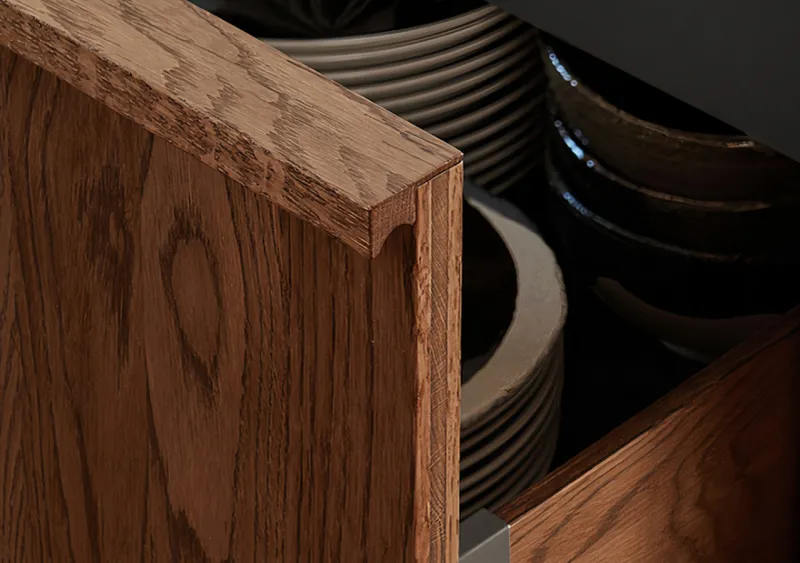
Overly sensitive mechanisms can trigger accidentally when you brush against cabinet doors while cooking or cleaning. This unexpected opening can startle people and sometimes spill cabinet contents.
Children often discover they can make cabinets pop open by running past them or bumping into doors during play.
Adjusting sensitivity helps, but finding the perfect balance between responsive operation and accidental activation takes patience.
18. Style Limitations For Some Designs
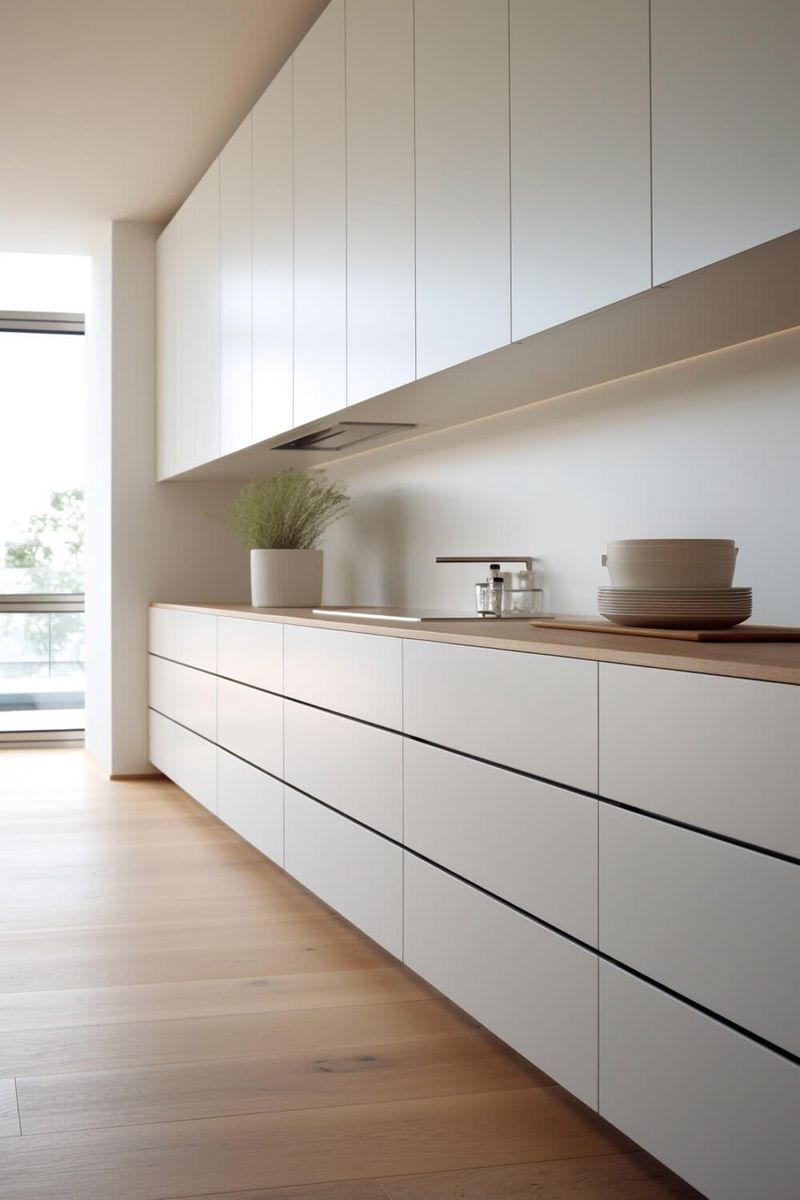
Traditional or rustic kitchen styles sometimes look incomplete without decorative hardware that adds character and authenticity.
Push-to-open systems work best with contemporary designs but may feel out of place in farmhouse or vintage-inspired kitchens. Antique reproduction cabinets lose some of their historical charm without period-appropriate handles and latches.
Though not impossible to incorporate, push-to-open mechanisms require careful design consideration to avoid aesthetic conflicts.
19. Difficulty Identifying Storage Contents
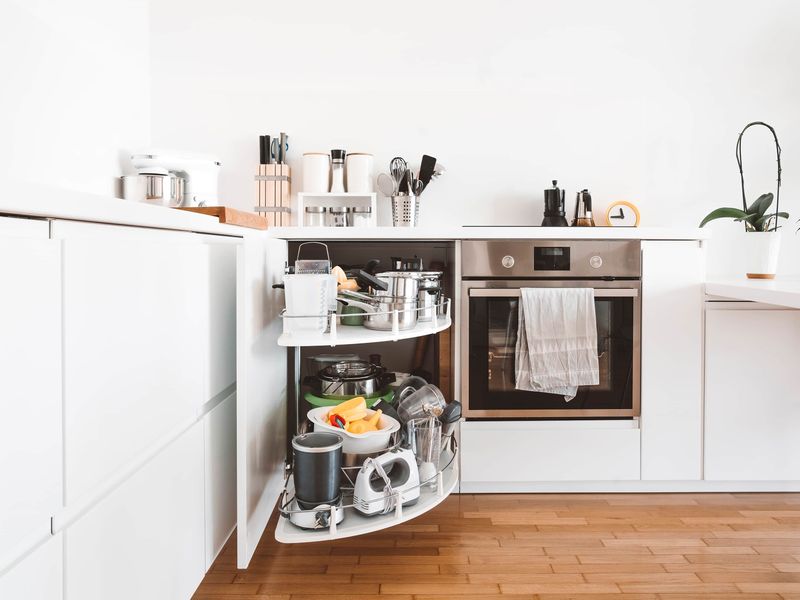
Without handles to provide visual cues, all cabinet doors look identical, making it harder to remember which cabinets contain specific items. Family members often open multiple doors searching for dishes or ingredients.
Kitchen organization becomes more critical since you can’t rely on handle styles or positions to distinguish between different storage areas.
Labels or consistent organization systems help, but the learning curve extends beyond just opening mechanisms.
20. Repair And Replacement Challenges

When push-to-open mechanisms fail, repairs often require specialized knowledge and tools that typical handypeople don’t possess. Simple handle replacement becomes complex mechanical troubleshooting that may require professional service calls.
Older push-to-open systems may have discontinued parts, forcing complete hardware replacement rather than simple repairs.
This can turn minor maintenance into major renovation projects, especially when matching existing cabinet modifications proves difficult.

